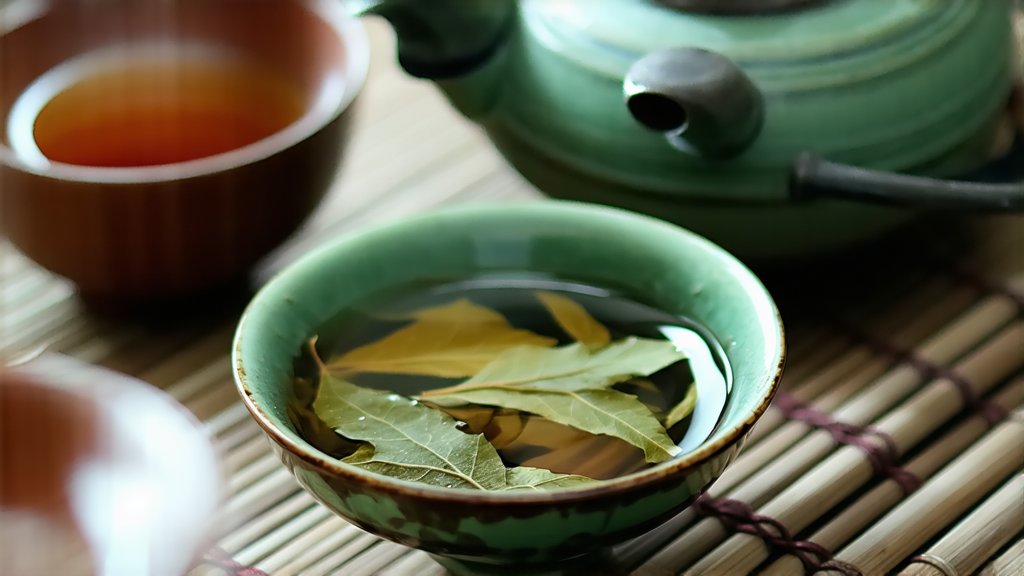
The Exquisite Art of Oolong Tea: A Deep Dive into Ti Kuan Yin
In the vast and diverse world of Chinese tea, oolong tea holds a unique place due to its intricate production process and complex flavor profiles. Among the myriad varieties of oolong tea, Ti Kuan Yin (铁观音, literally "Iron Goddess of Mercy") stands out as one of the most revered and celebrated. This article delves into the rich history, types, manufacturing techniques, and tasting methodologies of this exquisite tea, providing an insightful journey for both novice enthusiasts and seasoned connoisseurs.
Historical Background
Ti Kuan Yin originated in the Fujian province of China, specifically in the Anxi region. Its discovery dates back to the early 18th century during the Qing Dynasty. According to folklore, a poor scholar named Wei Yin dreamt of a beautiful deity who guided him to discover a unique tea plant. After meticulous cultivation and processing, he created what would become known as Ti Kuan Yin, which translates to "Iron Goddess of Mercy."
The name reflects both the resilience of the tea plant, akin to iron, and the compassionate guidance symbolized by the goddess. Over centuries, Ti Kuan Yin has evolved from a local specialty to an internationally acclaimed tea, cherished for its distinctive taste and aroma.
Varieties of Ti Kuan Yin
While Ti Kuan Yin is primarily grown in the Anxi region, it encompasses several sub-varieties, each with its own unique characteristics:
-
Xiang Xing (香型): Fragrant Type
- Known for its high floral aroma, Xiang Xing undergoes a more extended oxidation process.
- It offers a sweet and fragrant profile with subtle fruity notes.
-
Dan Cui (单枞): Single Bush Variety
- Dan Cui represents the highest quality grade, often sourced from older tea bushes.
- It features a more robust flavor with pronounced floral and mineral undertones.
-
Chen Xiang (陈香): Aged Aroma
- Chen Xiang refers to aged Ti Kuan Yin that has undergone further fermentation over time.
- This variety presents deep, complex flavors with hints of dried fruit, spices, and a smoother finish.
Each variety offers a distinct interpretation of the quintessential Ti Kuan Yin experience, catering to diverse palates and preferences.
Manufacturing Process
The creation of Ti Kuan Yin is a meticulous art form requiring precision and expertise. Here’s an overview of the traditional manufacturing process:
-
Plucking: Tea leaves are typically handpicked, selecting only the top two or three leaves and a bud. This ensures the highest quality and consistency.
-
Withering: Freshly plucked leaves are spread out in thin layers to wilt under controlled conditions. This step reduces moisture content and prepares the leaves for subsequent processes.
-
Bruising: Leaves undergo a rolling process, either by hand or machine, to break down cell walls. This releases enzymes that facilitate the oxidation process.
-
Oxidation: The leaves are left to partially oxidize, a critical phase where polyphenols react with oxygen to form complex compounds responsible for flavor and aroma. The degree of oxidation can vary based on the desired variety.
-
Fixation: To halt oxidation, the leaves are exposed to high heat, usually through pan-firing or steaming. This step also contributes to the final flavor profile.
-
Torrefaction: The fixed leaves are then roasted to remove any remaining moisture and enhance their aromatic qualities. Roasting can be done multiple times, with variations in temperature and duration influencing the final product.
-
Shaping and Sorting: The leaves are shaped into their final form and sorted to ensure uniformity in size and quality.
-
Drying: Finally, the tea is dried to achieve the optimal moisture content for storage and consumption.
Tasting Methodology
Appreciating Ti Kuan Yin requires a mindful approach to fully experience its nuanced flavors and aromas. Here’s a guide to conducting a proper tasting session:
-
Preparation: Use a clean, odor-free environment to avoid contamination of flavors. Gather necessary tools such as a teapot, teacups, and a thermometer.
-
Water Quality: Use fresh, filtered water at an appropriate temperature, typically around 90°C (194°F), to extract the best flavors without scalding the delicate leaves.
-
Tea Quantity: Measure about 5 grams of tea leaves per 150 ml of water for a balanced brew. Adjust according to personal preference for stronger or milder flavors.
-
Infusion Time: Steep the tea for approximately 30 seconds to 1 minute for the initial infusion. Subsequent infusions can be longer, as Ti Kuan Yin can be steeped multiple times, revealing different flavor layers each time.
-
Aroma Appreciation: Before sipping, take a moment to inhale the aroma from the cup. Notice the evolving scents—floral, fruity, or roasted notes—that indicate the tea’s complexity.
-
Sip and Savor: Take small sips, allowing the tea to coat your palate. Pay attention to the initial taste, mid-notes, and aftertaste. Note the balance between sweetness, bitterness, and umami flavors.
-
Observe the Liquor: Examine the color of the brewed tea, which should range from light golden to deep amber, depending on the roast level and oxidation.
By following these steps, you can fully appreciate the craftsmanship and depth of Ti Kuan Yin, creating a meditative and enriching tea-drinking experience.
Conclusion
Ti Kuan Yin is more than just a tea; it is a cultural treasure that embodies centuries of tradition and innovation. Its rich history, diverse varieties, intricate manufacturing process, and sophisticated tasting methodology make it a subject of endless fascination and appreciation. Whether you are new to oolong tea or a seasoned aficionado, Ti Kuan Yin offers a journey of sensory delight and profound connection to Chinese tea heritage.